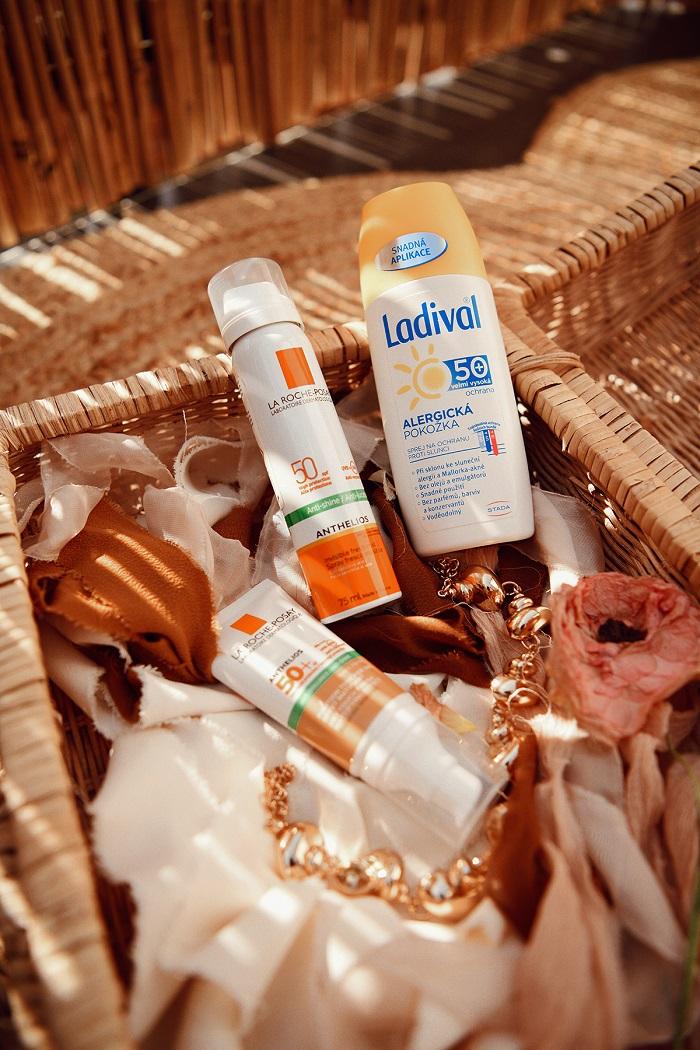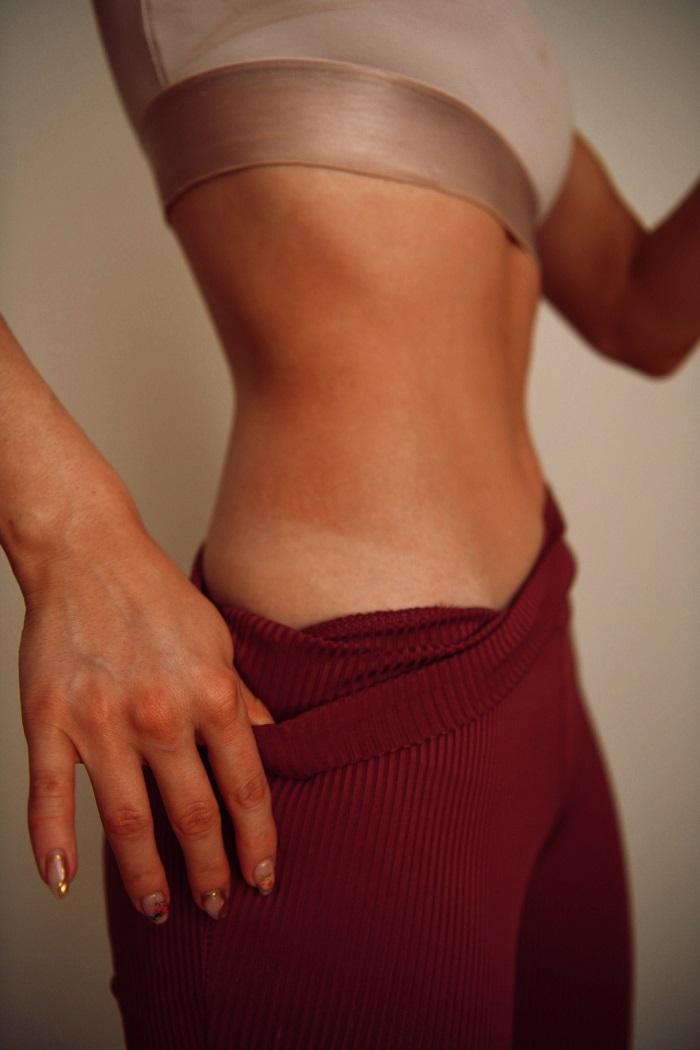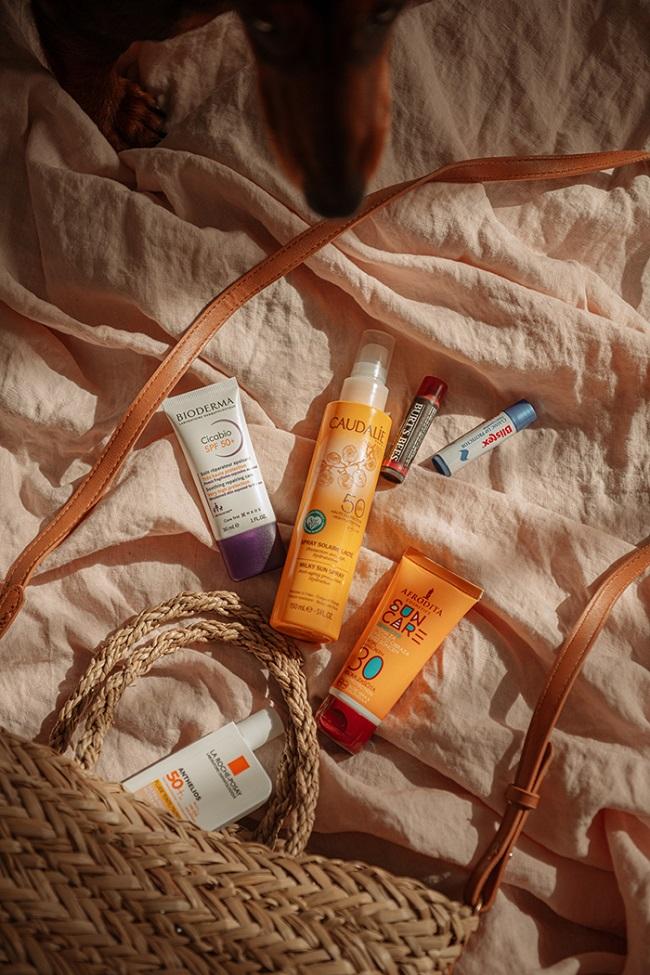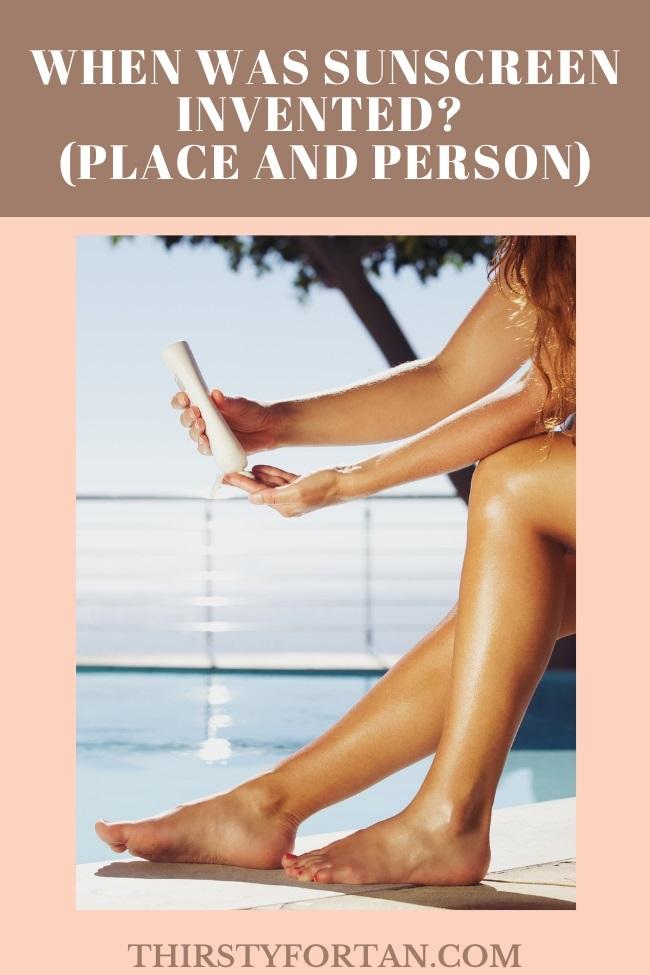Nowadays, sunscreen is a vital part of our daily routines, and it prevents so many concerns and problems within the healthcare and cosmetic industries every year. While it may be difficult to imagine what beach days would have been like without the thick slather of lotion before getting some sun, here’s the history of sunscreen!
When was sunscreen invented?
As with any other skincare or cosmetic product on the market, sunscreen hasn’t been around forever, and its existence actually came from the solution to a very common problem which most of us have still experienced in the modern day: sunburn. But, the process of its creation is very interesting, so read on to find out all about the entire journey this essential’s appearance.
During the year 1938, someone named Franz Greiter climbed Mount Piz Buin, found on the borders of Switzerland and Austria, and suffered from sunburn. We all know it comes with its own discomforts and problems, such as pain or redness in the area, which can be really frustrating, so it’s easy to imagine why his next move was to attempt to invent an effective product which can combat this.
However, fast forward 6 years to 1944, during the Second World War, and you’ll see that another name moved into the picture. Benjamin Green was an airman during the War, and was a pharmacist beforehand, giving him a small advantage over others in developing something to protect him, as well as fellow soldiers, from the UV rays. The product used was known as ‘red vet pet’ (red veterinary petrolatum) which, while it was an effective fix, felt unpleasant and greasy on the skin, and created a physical barrier on the surface of the skin.
Not long after the War, Green continued to work on his ‘red vet pet’ sunscreen solution and decided to mix it with some other ingredients in order to fix its consistency, namely cocoa butter and coconut oil. Both of these ingredients are popular in natural home remedies today, showing how much of a game-changer it would have been at the time. Later, this new mixture was developed into a product known as Coppertone suntan cream, which became a very iconic name over the years.
Meanwhile, Greiter was still working on his own product during this time, inspired by his sunburn from Mount Piz Buin and, being a chemistry student himself, he didn’t give up until he found a solution. In 1946, he released Gletscher Crème (translating to Glacier Cream in English) and this was a strong contender on the market, sold under the company name of Piz Buin. If you’ve taken a good look at sunscreen brands before, you may have noticed that Piz Buin still stands as one of the most popular ones around, even today.
During the 1970s, Piz Buin began to develop their formula, so the next release of it contained filters against both UVA and UVB rays, which was a completely new and original concept in the sunscreen world.
At the same time, the FDA (Food and Drug Administration) began to start regulating the ingredients found in sunscreens and encouraging brands to increase the SPF of their products and recommending suitable safety and effectiveness standards. However, these rules never really took much action in terms of properly policing brands for their products and acted more so out of advice than official regulations and rules. It was established in official document from the FDA that suntanning wasn’t good for the skin, though, so scientific advances were still taking place.
After these key events, the FDA eventually released their various rules and regulations in gradual stages, so manufacturers had to comply with the latest scientific research that had been shown. In other words, they started to develop sunscreens which were much more sophisticated, involving ingredients such as avobenzone and other chemicals. To this day, the FDA still has some blurred lines between guidelines, and rules vary from country to country, but they’re much clearer, safer, and more advanced than they were before.
Also read:
What is A Sunscreen Factor? (Picking The Right One)
7 Things A Sunscreen Does to Your Skin (Explained)
Who invented sunscreen?
As you can see from the vast timeline above, there were some key names involved in the ultimate production of sunscreens that we see today. But its sophistication and characteristics which we know it for today were the result of collaborations of scientists, researchers and regulators. For every new product that reaches the market, huge team have worked behind it on testing, manufacture, design, research, and many other elements of production.
Nevertheless, it was thanks to the determination and hard work of chemists like Franz Greiter, and pharmacists like Benjamin Green, that we ever reached where we are today in our scientific advances. Without some of these people, it’s difficult to imagine where we’d be today.
When did sunscreen become popular?
Even though sunscreen was around in its most basic form from the later 1940s onwards, most people haven’t seen it have such a significance and high promotion as it does now, suggesting that perhaps it wasn’t always popular, or maybe not even considered necessary. Something must have triggered its popularity, so when, and why, did sunscreen become popular?
During the 1970s and 1980s, it was very fashionable for people, particularly women, to lay in the Sun for hours with very little protection on their skin, aiming for the darkest, baked tan their bodies would permit. It was during this phase that research developed, and evidence showed how damaging this was for the body, and the problems that it could cause in later life.
However, sunscreen has never been as popular as it is nowadays, which is probably for a vast range of reasons. For example, companies are now able to communicate with potential buyers and promote their products through social media and the Internet, making their products more accessible than they were before. People are also more trusting of science than they used to be, and there is more trustworthy evidence available to prove scientific theories and discoveries.
- 3-fluid ounce travel size bottle of Neutrogena Ultra Sheer Dry-Touch Non-Greasy Sunscreen with SPF 70 for broad spectrum UVA/UVB protection
- This lightweight and sheer sunscreen is fast-absorbing with Dry-Touch technology for a non-greasy, matte finish that leaves skin feeling clean. The face and body sunscreen is formulated with Helioplex for superior sunburn protection for your skin
If you click Buy on Amazon and make a purchase, I'll earn a small commission at no additional cost to you.
Final thoughts
There are so many elements which came into play when creating sunscreen as a product, and it’s safe to say that these products are so important, as they always have been, and scientific research for them now is better than it ever has been. It’s interesting to find out about how products have developed in the past and wonder how they could continue this in the future. What do you think sunscreens will be like in 50, or even 100, years?






